Compared to advice to rest and education without exercise, yes.
Compared to hands-on treatment with no additional support for exercise/activity, yes.
In this study, exercise training of any type was more effective than the non-exercise treatment options.
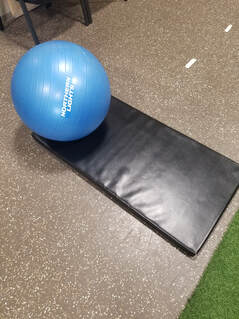
Can exercise improve my Mental Health? Resistance exercise, aerobic exercise, and stabilization/motor control exercise training resulted in improved mental health following intervention compared with other options.
So this means that you don’t have to do grueling exercise and reach certain milestones to be successful. The studies that this research group was looking at didn’t show much impact on strength with the exercises that were being done. What this means is that you don’t necessarily even have to get stronger to see the improvements, you just need to do the activity. But it probably doesn’t hurt to get stronger either!
- Worldwide, low back pain is the leading cause of disability and most common non-communicable disease.
- Exercise training is an effective treatment for non-specific chronic low back pain, but the best mode of exercise training is unknown.
- Pilates, stabilization/motor control, aerobic and resistance exercise training are possibly the most effective treatments, pending outcome of interest, for adults with non-specific chronic low back pain.
- Exercise training may also be more effective than hand-on therapist treatments.
~ Trent Rempel, Physiotherapist
Which specific modes of exercise training are most effective for treating low back pain? Network meta-analysis. Owen PJ, et al. BR J Sports Med 2020;54:1279-1287, doi:10.1136/bjsports-2019-10086

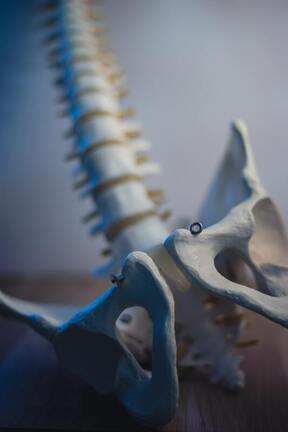
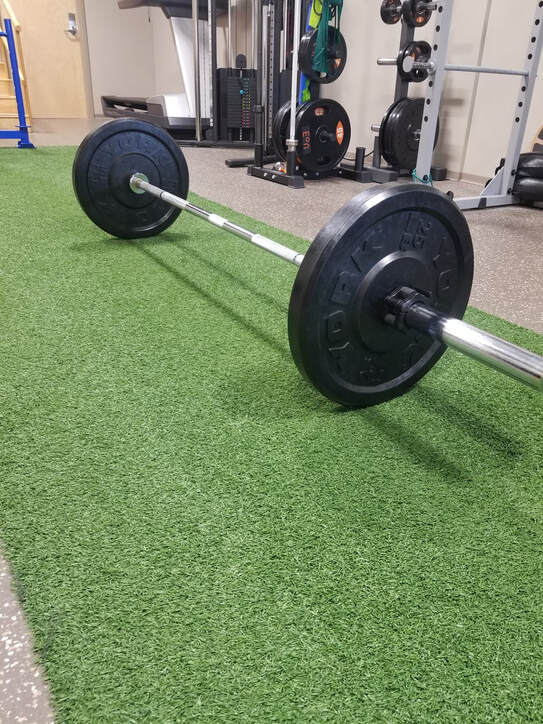
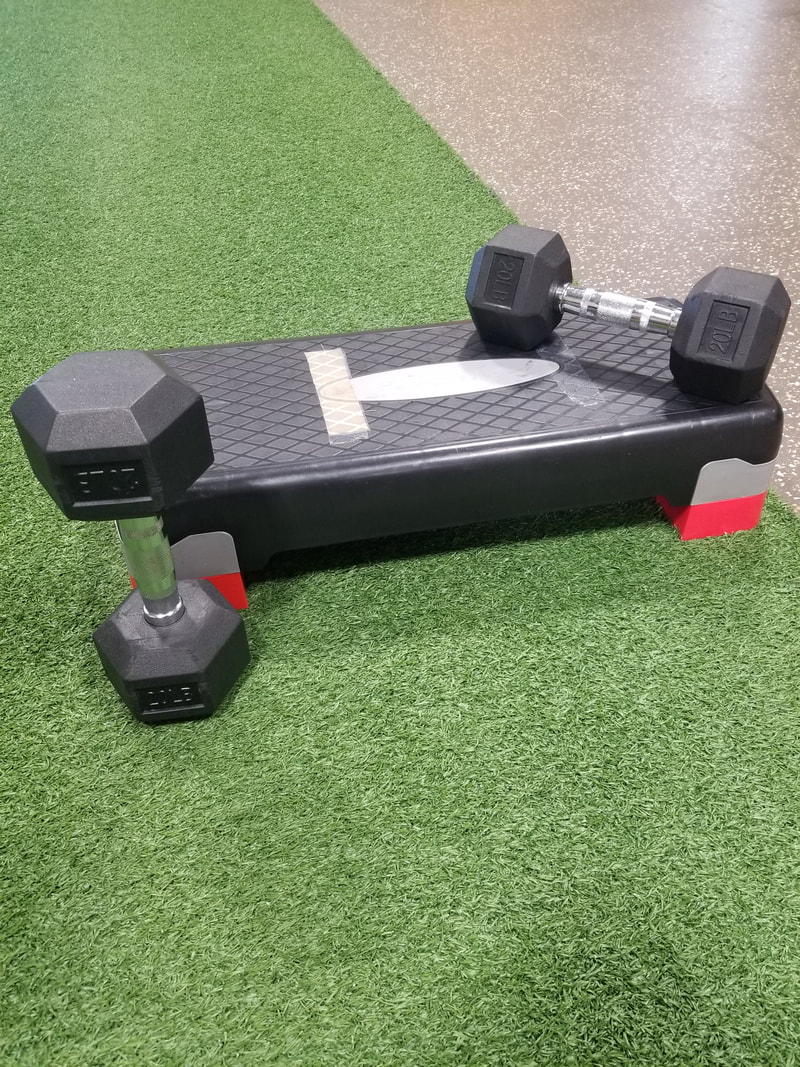

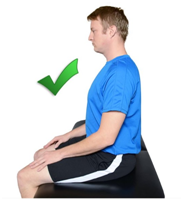
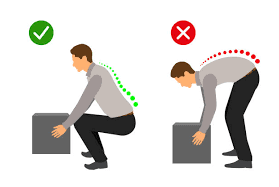
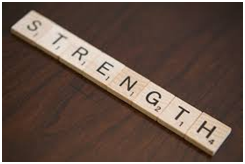
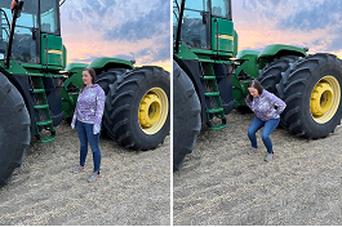
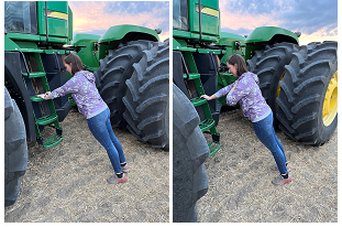
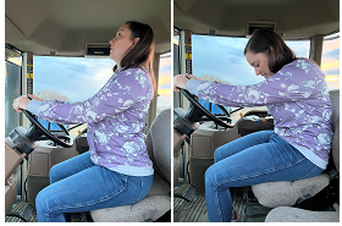










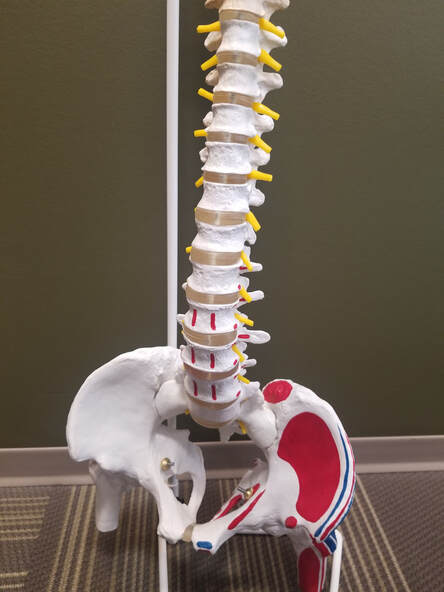
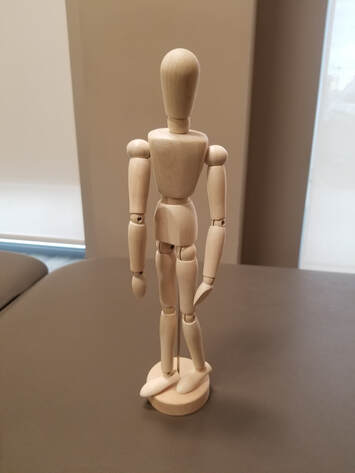


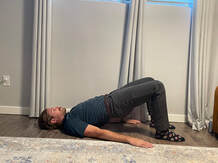
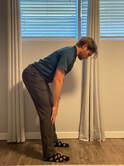
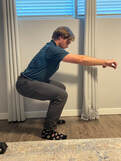
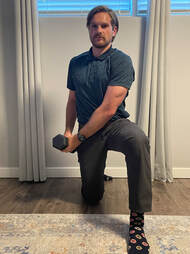
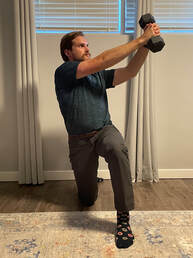
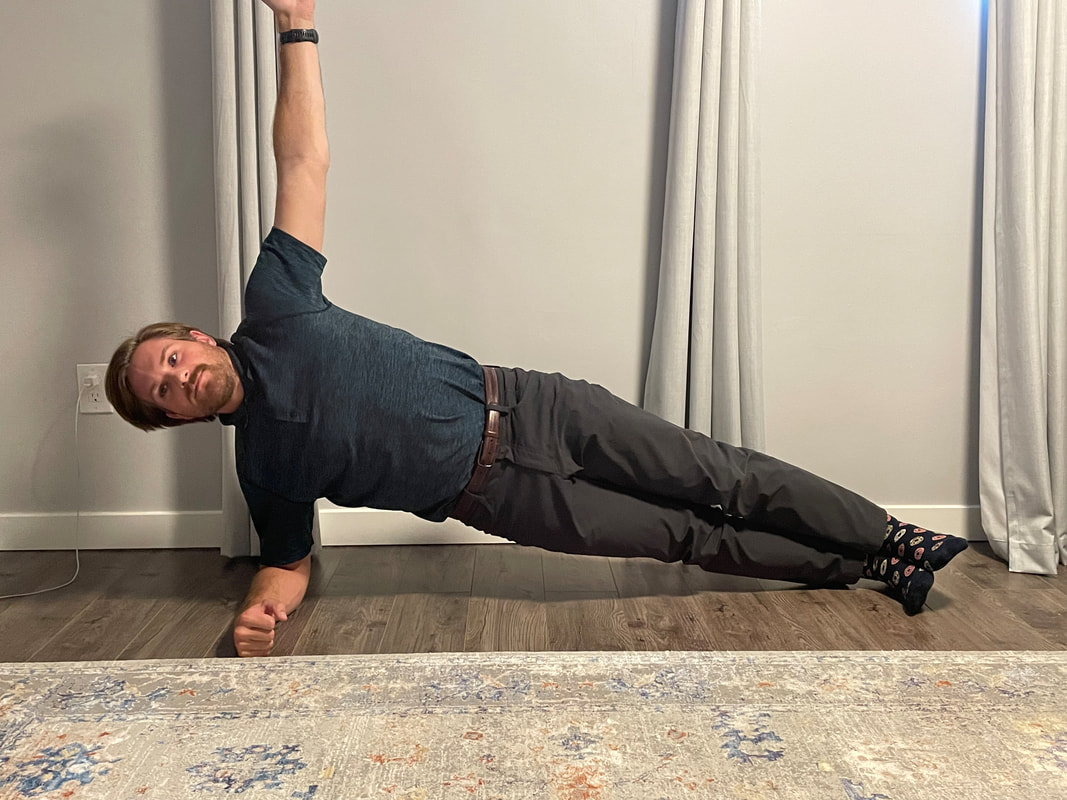
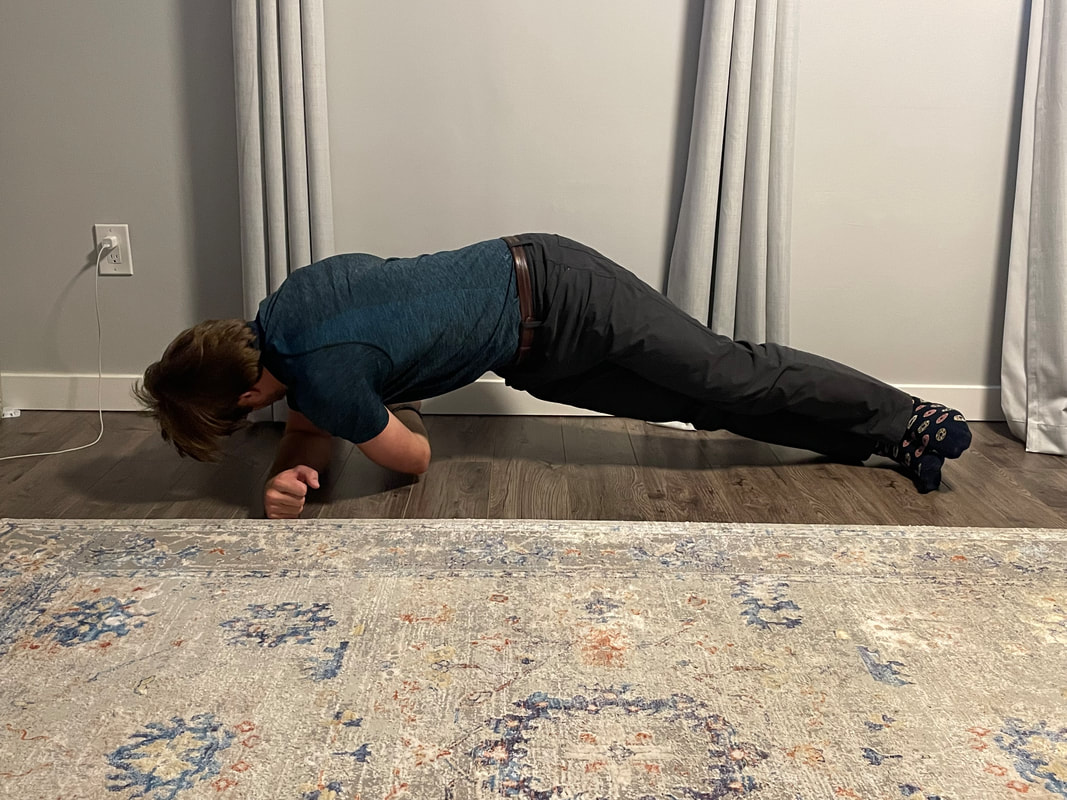
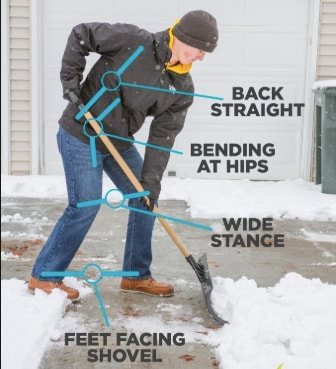

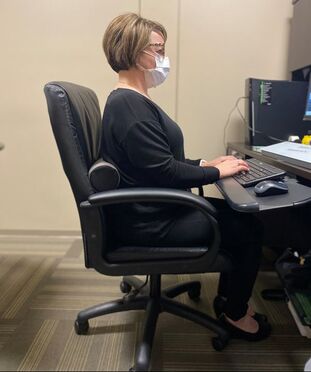
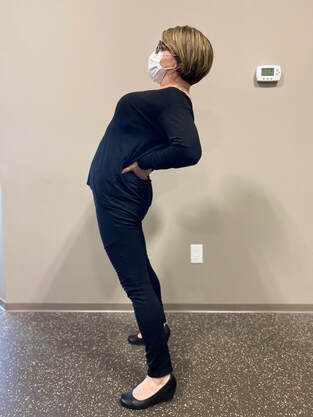
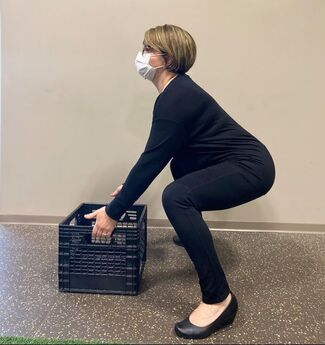
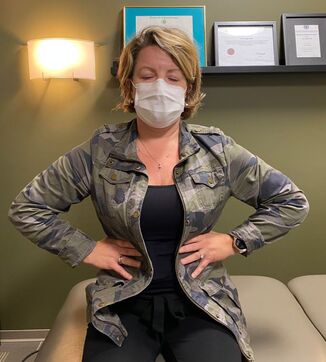

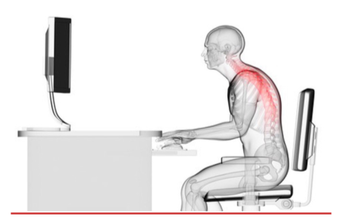
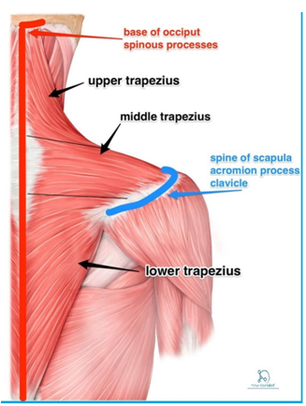
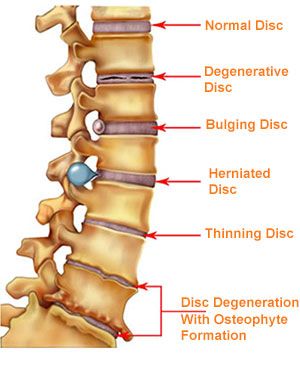
 RSS Feed
RSS Feed